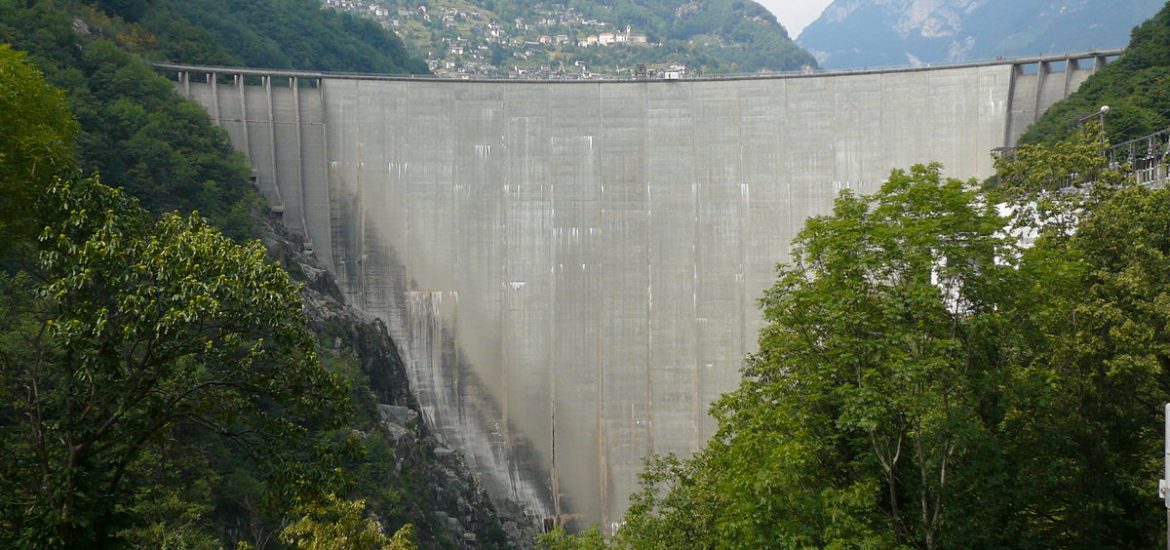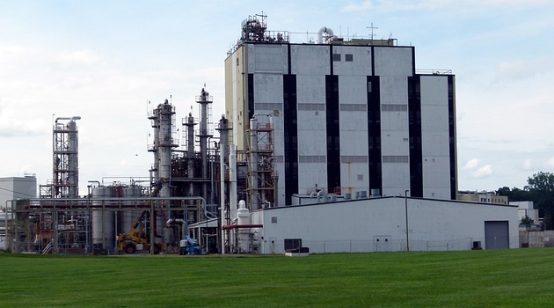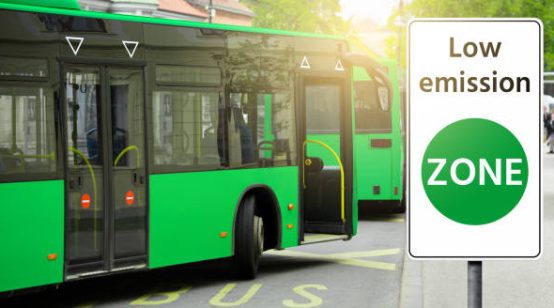
While melting glaciers provide a temporary boost to Swiss hydropower production, their disappearance does not pose a threat to power generation, according to a study by the University of Lausanne.
Forecasters at the Intergovernmental Panel on Climate Change somehow felt confident to predict that glacier melt would slow between 2070 and 2090. However, “fears of a threat to power generation are unfounded”, according to the Swiss National Science Foundation (SNSF), which funded the study.
The researchers have established a detailed map of all Swiss catchment areas, which supply the mountainous country’s watercourses, showing that the water falling on 93 per cent of Swiss land ultimately passes through at least one of Switzerland’s hydropower plants, some even passes through 30 of them, before leaving Switzerland via the River Rhine at Basel.
“For the first time, a comprehensive model of water flow into Swiss hydropower plants has quantified the contribution from glacier retreat,” the SNSF told the media.
Since 1980, melting glaciers have contributed an average of 4 per cent, or 1.4 terawatt hours (TWh) per year, to Switzerland’s hydropower output.
As glacial melt slows, this is expected to drop to 0.4 TWh and the decline would correspond to 2.5 per cent of the total hydropower, which is in line with the Swiss federal Energy Strategy 2050.
“The slowdown in glacier melt will add to other projected losses in productivity, such as those linked to the Water Protection Act, which governs renewal of concessions granted to dam operators,” said Professor Bettina Schaefli of the university.
She said the study showed the losses “should be offset by the expansion of hydroelectric capacity envisaged by the Energy Strategy 2050”.
The calculations were based on historical data and a simulation of future development with research published in the journal Renewable Energy.
The slowdown in glacier melt would also add to other projected losses in productivity, but should be offset by the expansion of hydroelectric capacity envisaged by the 2050 strategy, the study said.
It argued that the model could help anticipate the future through regional forecasts.
Scientists from the universities Fribourg and Zurich, the federal technology institutes of Lausanne and Zurich and the WSL, the Swiss Federal Institute for Forest, Snow and Landscape Research contributed to the research.
The Swiss government said around 62 per cent of the landlocked nation’s energy came from renewable sources in 2016.
The Contra Dam. Switzerland has a long hydropower tradition. Picture credit: Wikimedia





